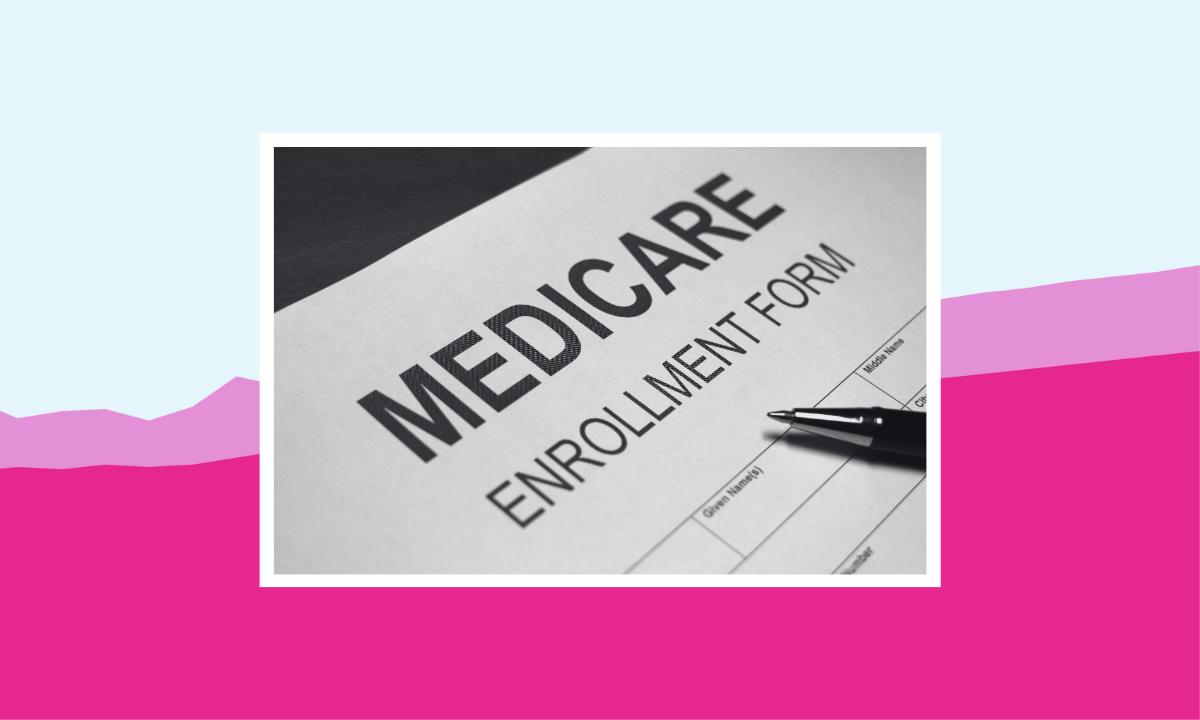Health
5 things you might not know about Medicare

Data from the Census Bureau shows that racial and ethnic disparities in health insurance coverage persist even among the most educated. People who identify as American Indian and Alaska Native, non-Hispanic or Hispanic, had the highest uninsured rates at all education levels.
Why is this the case? Here’s what the data says:
Trends show that the average college-educated person is less likely to be uninsured. People who completed a bachelor's degree or higher had the lowest uninsured rate, with only 4.7% not having health insurance. Meanwhile, people who didn't finish high school had the highest uninsured rate, with almost one-third living without health insurance.
In 2021, the uninsured rate for those with a bachelor's degree or higher was 7 percentage points lower than the national average of 11.9%.
People who didn't finish high school had some of the highest rates of being uninsured, but regardless of educational attainment, some demographics had the highest uninsured rates. The average uninsured rate for those without a high school diploma is 30.4%. Hispanic people who did not graduate high school had the highest uninsured rates (41.9%) compared to their white peers with the same education level (21%).[1]
When it comes to adults who completed a bachelor’s degree, the uninsured rate was the lowest for non-Hispanic white people at 3.5%. The uninsured rate for non-Hispanic American Indian and Alaska Native people with the same level of education was more than three times higher than for white people at 12.5%.
According to a report from the Department of Treasury, racial inequality — the unequal distribution of resources, power, and economic opportunity across race — manifests in society in many ways. This includes racial disparities in health, wealth, education, employment, housing, mobility, and incarceration rates. Racial disparities play into the differences in health insurance coverage, including inequities in educational attainment and unequal returns on the educational attainment achieved, according to the Census Bureau.
Some ways that racial disparities manifest in the healthcare system are through the unequal rates of disease and mortality among people of color. A few examples include increased maternal mortality rates for Black women, increased rates of asthma in Black and Hispanic children, and higher rates of type 2 diabetes among American Indian and Alaska Native adults. The COVID-19 pandemic also had a disproportionate impact on ethnic and racial minorities in the US.
Learn more about healthcare costs in the US and the uninsured rate, and get the data directly in your inbox by signing up for our newsletter.
The data measures uninsured rates for adults ages 25 to 64.
Newsletter
Keep up with the latest data and most popular content.